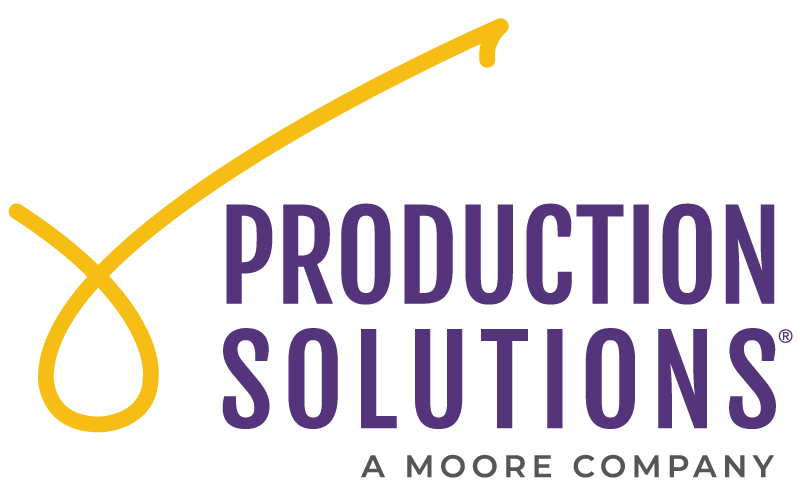Earth Day is Here!

Michelle Johnston
Senior Manager of Strategic DevelopmentIn 1970, Gaylord Nelson, a junior senator from Wisconsin, Pete McCloskey, a Republican Congressman and Denis Hayes, a young activist, organized campus “teach-ins” on April 22 to encourage students to think about air and water pollution. 20 million Americans were involved with this first Earth Day and sought to bring attention to protecting the planet. This first Earth Day led to the creation to the Environmental Protection Agency and the first environmental laws including:
- National Environmental Education Act
- Occupational Safety and Health Act (OSHA)
- Clean Air Act
In 1990, Denis Hayes tried once again to organize a major campaign around Earth Day and this time it went global. Over 200 million people in 141 countries worked to bring environmental issues to the world stage. Boosting recycling efforts worldwide and paving the way for the first United Nations Earth Summit in 1992.
Since then, we have seen a new resurgence in conversation around the future of the planet and how we can all help. In March, PS Senior Sourcing Manager Shannon Azbill, wrote this blog post on environmentally friendly paper options. This month, in honor of Earth Day, we wanted to highlight a few additional ways you can make your mail more environmentally friendly.
Ink Options
Soy–Based Ink is the most common alternative to traditional petroleum-based inks. Made from soybeans, natural resins and waxes, soy ink can produce accurate and vibrant colors and makes the easier to break down in the recycling process. These inks can take longer to dry and can at times produce slightly different colors than traditional petroleum-based inks. When testing these out, ask for an ink draw down (a sample of the ink smeared on the final printing paper) to make sure that any specific needs are met.
Vegetable–Based Ink is similar to soy-based ink in that it is made with a natural vegetable base and mixed with natural resins and waxes. However, some vegetable-based inks cannot produce the same vibrant colors you would get with a soy-based ink and can be slightly more expensive than soy inks. Similar to soy-inks, an ink draw down is recommended if you are concerned about how the color will appear in your final printed piece.
Water-Based Ink has been used for screen and apparel printing as the dye soaks into the fabric instead of sitting on top of it. However, this water based inks are also used for printing on porous substrates like uncoated paper and cardboard. It is also used commercially for items where the ink may come into contact with human skin – like in food packaging.
Algae Based Ink is the newest technology for ink manufacturers. It uses algae – which grows without fertilizer, herbicides or genetically modified seeds and is in great abundance…to point of being known as a nuisance! The technology is very new and so color choices are limited but this new ink is starting to make its way into the industry and as the technology advances, we expect that its use will grow.
Other Environmentally Friendly Options
EnviroSafe Window Materials are biodegradable, recyclable window film options for envelopes.
Data Hygiene. A well–maintained list can help ensure that you are not wasting budget dollars on bad data. For more info on this topic, see our blog post from January by Senior Sourcing Manager, Alex Newell.
Variable Digital Printing can help ensure that you are only printing the pieces you need for your mailing with no overs. This will reduce the use of ink and paper as well as the waste from the unused pieces. For more info on VDP, check out this conversation with PS President, Ben Harris, on the topic.
So, we hope you have a happy Earth Day, and are inspired to bring sustainability into your campaigns… and your lives in general. Make your mail more environmentally friendly with us! We have come a long way since Nelson, McCloskey, and Hayes started campus teach-ins in 1970 to look out for our planet. Lets keep moving forward, together.
About the Author






